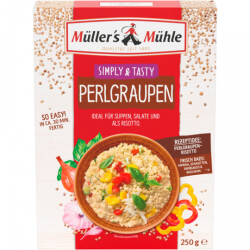
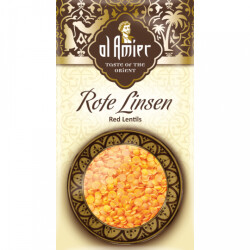

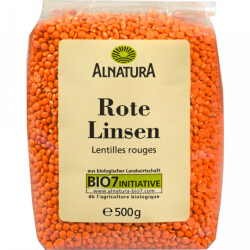
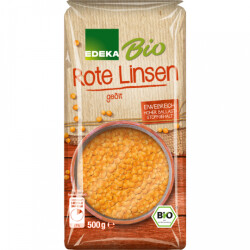

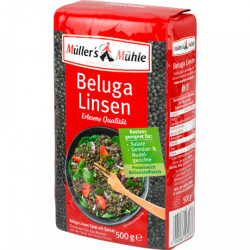
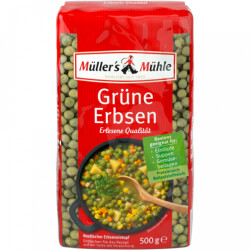

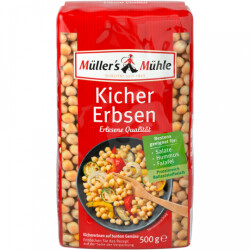
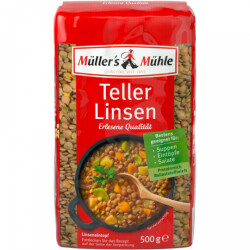
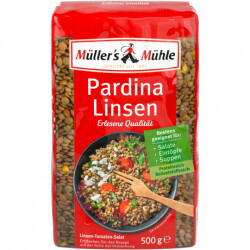
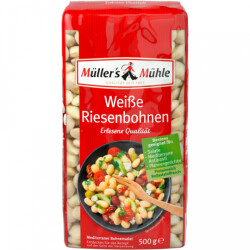















Legumes are the seeds of plants from the Fabaceae family. They grow in pods or shells and have been used as food for millennia. The most well-known legumes include peas, beans, lentils, soybeans, and chickpeas. They are not only delicious and versatile but also very healthy.
Legumes contain a lot of plant-based protein, which is important for building and maintaining muscles. Therefore, they are a good alternative or addition to animal protein sources such as meat or dairy products. In addition, they provide complex carbohydrates that are slowly digested and keep blood sugar levels stable. This ensures long-lasting satiety and avoids cravings.
Legumes are also rich in fiber, which promotes digestion and can reduce the risk of colon cancer. They also bind cholesterol in the intestines, helping to lower cholesterol levels. Furthermore, legumes contain many vitamins (especially B vitamins), minerals (such as potassium, magnesium, or iron), and secondary plant substances (such as flavonoids or phytic acid) that support various functions in the body.
However, legumes also have some disadvantages: they can cause bloating because they contain hard-to-digest sugar molecules. These are broken down by bacteria in the colon, producing gas. To avoid or reduce bloating, legumes should be chewed well, eaten slowly, and drank plenty of fluids. Additionally, they can be seasoned with cumin or fennel or combined with other foods (such as rice or potatoes) that facilitate digestion.
Another disadvantage of legumes is their high purine content. Purines are components of DNA and are converted to uric acid during breakdown. If the uric acid concentration in the blood is too high, it can deposit as crystals in the joints and cause gout. People with gout should therefore avoid or greatly limit the consumption of legumes.
Most legumes must be soaked before cooking (exception: lentils). This shortens the cooking time and makes them more digestible. However, the soaking water should be discarded because it contains many unwanted substances (such as phytic acid). The cooking time varies depending on the size and type of the shell.